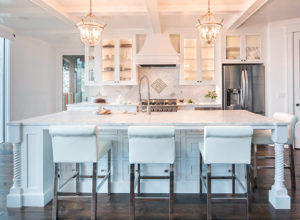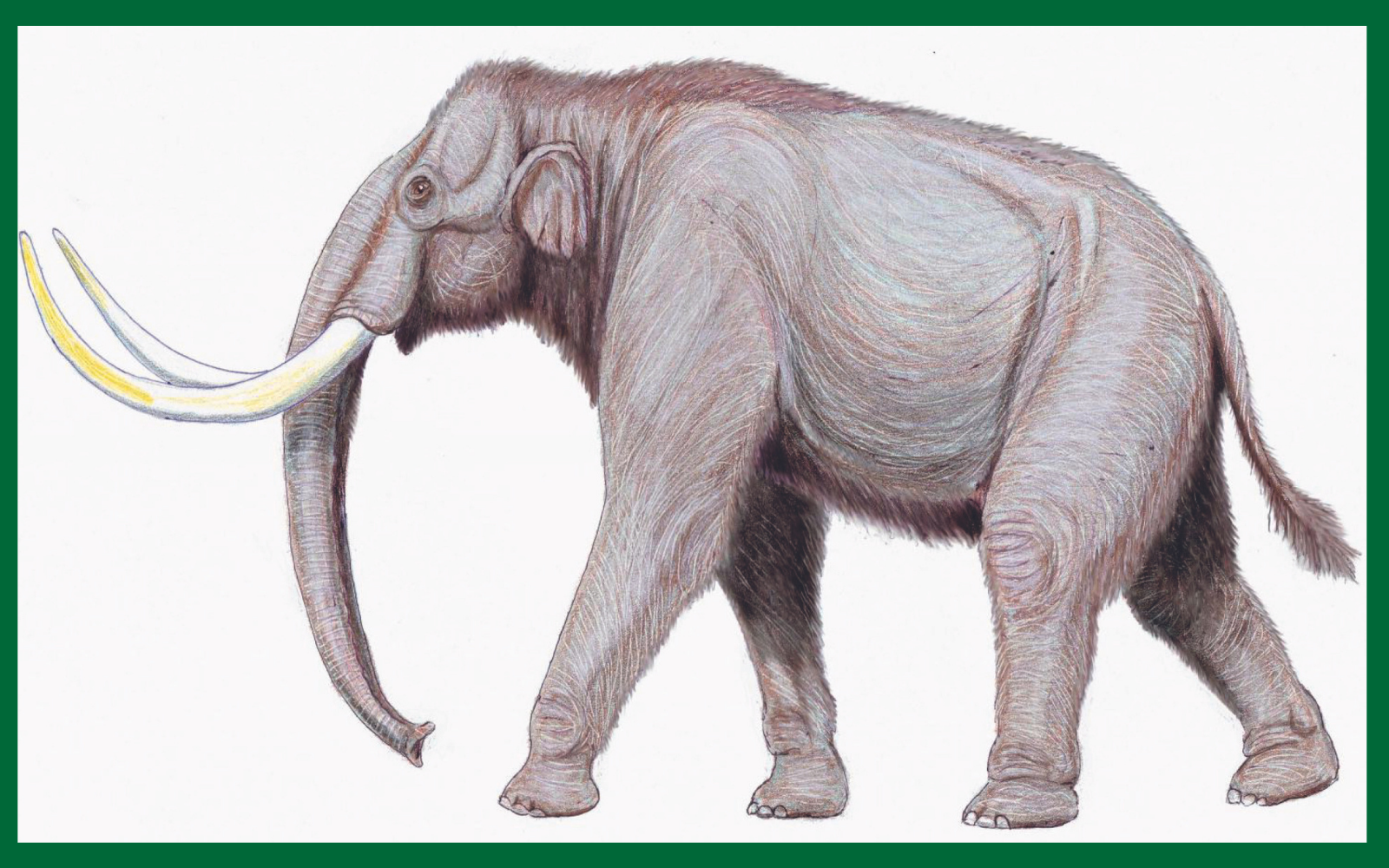 From voice-controlled faucets to virtual workplaces, people are growing accustomed to – and relying heavily on – an assortment of technological innovations.
From voice-controlled faucets to virtual workplaces, people are growing accustomed to – and relying heavily on – an assortment of technological innovations.
If this first of the year technology-focused Trend Spotting had published a year ago, it would most likely not have included Zoom or Peloton. The fact that these technologies took on such prominence is owed to the pandemic that upended our lives and livelihoods in 2020. Which technologies and trends will endure post-COVID remains to be seen, but it’s likely that much will remain indefinitely changed. (Banish the word ‘permanent’ from your vocabulary if you haven’t already.)
Technology shows up in both our personal and professional realms and they tend to cross-pollinate, especially with so many of us working from home ‘for the duration.’ What we learn in our own houses about what works well may make its way into client specifications or new product developments. What works in the showroom or office to make our workdays easier sometimes migrates into our household processes. The devices we carry go everywhere with us, morning to night.
To look at the technology trends likely to dominate 2021 are these pros from the design, retail, training and manufacturing ends of the kitchen and bath world:
- Houston area industry marketing consultant Leslie Carothers;
- Pensacola, Florida-based designer and retailer Cheryl Clendenon;
- Architect and retailer Rose Dostal in Hudson, Ohio;
- Ashish Karnani with Ashley Norton hardware manufacturer;
- Pinehurst, North Carolina-area designer and technology trainer for NKBA Scott Koehler;
- Martha Orellana with MrSteam fixture manufacturer;
- San Diego-based designer Susan Wintersteen.
Smart home technology enhances security and convenience.
Client Products and Projects
What are these designers featuring in their client projects? And what are the manufacturers adding to their product lines for design clients? Smart home technology is not a new trend, but it is taking on new importance and showing up in new spaces. It’s providing security in the form of monitoring systems and locks for entry doors and cabinetry. Karnani shares, “We are trying to integrate smart locks into our products, and have been watching the development of a number of technologies that would allow us to integrate smart home elements into our products.”
It’s also enhancing appliances with vent hoods connected to cooktops or ranges for optimized performance, Koehler points out, and automating window coverings to keep seniors from losing balance while closing awkward shades above tubs, for example. Both enhance safety and security for clients. Many designers are enthusiastic about smart window coverings, though Wintersteen notes that their integration with other smart home technology systems could be improved.
Voice control continues to trend strongly. Dostal is an enthusiast, but wants to see more simplicity for older users and stronger encryption. “My clients are still apprehensive about installing them in their homes because of security reasons,” she says. To address these worries, she suggests, designers should be working with a technology integrator and using the most secure systems possible. Orellana sees voice activation as the wave of the future, and is already designing it into her company’s products.
Voice-activated steam showers add innovation to wellness and luxury.
Steam showers, smart showers and voice- activated faucets are among the wellness roles tech took on this year. MrSteam was one of the brands now offering voice activation in their shower systems, for example, and were popular among specifiers. Orellana notes, “We’ve incorporated it into our steam control, so if you now want to turn on your steam from your bed, all you have to say is ‘Alexa, turn on MrSteam.’”
Energy conservation is another trending application for smart home technology. Smart LED lighting and connected thermostats showed up in this category and were popular with designers. Both are likely to continue trending into the new year.
Personal Use
What are industry pros using in their own lives and homes? Home security systems, including Ring and competitive systems, were popular. Technology to enhance well-being, from Peloton connected exercise bikes to health-centric phone and watch apps, also showed up. Several of the pros treated themselves – or were gifted – Apple products; watches, laptops, tablets and phones were all on the list for new 2020 products with one HomePod Mini showing up on a 2021 wish list.
More devices demand more power outlets and storage strategies.
Blending Home and Work
As noted earlier, some technology is showing up in both realms. “Since March, the lines are blurred between work and personal,” observes Dostal. “Everyone wanted to have Zoom meetings – from family reunions, to book clubs, to baby showers.” The architect created a virtual baby shower for her daughter, she shares. “I feel bad for her that her first one is a virtual party, but it turned out to be fun.” Weddings, holiday dinners, Bar and Bat Mitzvahs and even funeral services have been hosted virtually.
Karnani’s staff is among the millions of adults adapting to working from home. To keep everyone healthy, he says, adding ergonomics to their workstations has been important. He achieved this with docking stations and stands that put laptops at more comfortable heights.
Ashley Norton also wanted to make it possible to shop the firm’s hardware safely without leaving the safety of your home or office. “We were excited to launch a 3D product visualizer to recreate a showroom experience for designers and end users making selections from home. Now that this is available, we cannot imagine working without it,” the executive declares.
Business Presentations
One of the big pandemic-driven challenges has been successfully presenting your visions online. Site meetings, client meetings, presentations, training and trade shows frequently went virtual. This trend is already continuing into the new year with the first-ever completely virtual Kitchen & Bath Industry Show.
It wasn’t just Zoom that exploded in popularity. The suddenly-ubiquitous platform generated demand for better lighting, webcams, laptops and screens. For those using it to interface with clients and colleagues through virtual meetings, existing hardware wasn’t always up to the task and roomscapes weren’t always videogenic.
Clendenon bought a larger television for presentations, Dostal uses both FaceTime and Zoom, depending on the application, and several of the pros invested in ring lights, new webcams and other peripherals for better visuals. You simply can’t be successful in design while making excuses for how your work shows up onscreen.
Seasonal Living created a virtual-only showhouse
One of the industry’s great presentation traditions is showhouses. These are popular among builders and designers to display their talents, sponsors to demonstrate their products, charities to raise funds and design enthusiasts to be able to walk through beautiful homes that they wouldn’t get to visit otherwise. Carothers was on the Seasonal Living leadership team that reimagined the showhouse concept as an entirely virtual 2020 event with 11 designers and numerous sponsors. Architectural Digest partnered with the Black Interior Designers Network for a similar virtual-only showhouse last year.
This new concept allows designers and sponsors to contribute their talents and products to a home without the related expense and challenges. It’s likely that this pioneering tech trend will continue well beyond the pandemic, partly because it can host many more attendees for a much longer period of time, and it presents a robust opportunity to sponsors to link directly and immediately from their products to their websites.
Other technology trends that emerged in 2020 for enhanced presentations and are likely to continue into the new year are video and social media-enhancing resources like Osmo and Doodly, augmented reality and virtual reality tools, and the professional tier of packages like Canva.
Business Processes
Many design industry activities require the nitty gritty of drafting, rendering, messaging, file transfers and dozens of other processes before a client signs off on a project or a retailer places a product order for a showroom. Chief Architect, SketchUp and Lidar, a laser measuring tool, were popular among the design pros. Box.com, Basecamp, Microsoft Teams, Voxer and Accuity Integrated showed up as helpers in the coordination, sharing, communicating and scheduling involved in project management. These are tools with potential staying power worth researching for your business.
Last Words
Where do kitchen and bath professionals go to stay ahead of technology trends – other than their colleagues and vendors? Traditional media outlets like the The New York Times and Wall Street Journal, blogs, trade associations, conferences and technology company news from Apple and others were cited as resources. And this year, you can check out KBIS and IBS in their virtual-only debuts.
If some of these offerings mentioned here were completely foreign to you, you might be wondering where you fit on the tech awareness scale. None of the interviewees rated themselves as a 1 or 2 on a 5-point scale. Most put themselves into the 3 and 4 range. Where do you see yourself?
Source: https://www.kitchenbathdesign.com/technology-trending-in-the-home/




0 Comments